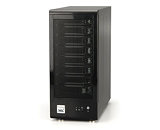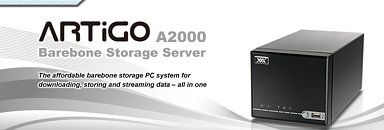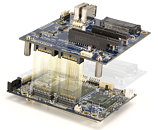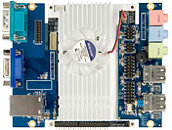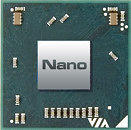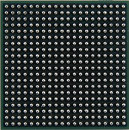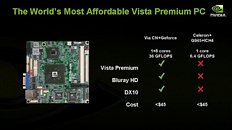
VIA Announces Power-Efficient NSR7800, 8-Bay 2U Rackmount Server
VIA Technologies, Inc, a leading innovator of power efficient x86 processor platforms, today announced the VIA NSR7800 2U rackmount server for network storage solution providers. Powered by a 1.5GHz VIA C7 processor, the VIA NSR7800 offers system integrators the opportunity to provide unparalleled power and energy-efficient server solutions to today's energy-conscious small and medium sized business customers.
With eight 3.5" S-ATA II hard drive bays, the VIA NSR7800 is the perfect balance of power-efficiency, performance and capacity, an ideal starting point for a variety of rackmount server applications including email, file and web server products. The VIA NSR7800's drive bays are easily accessible through lockable front levers that allow hard drives to be securely installed in moments. Dual Gigabit LAN ensures fast data transfer speeds.
With eight 3.5" S-ATA II hard drive bays, the VIA NSR7800 is the perfect balance of power-efficiency, performance and capacity, an ideal starting point for a variety of rackmount server applications including email, file and web server products. The VIA NSR7800's drive bays are easily accessible through lockable front levers that allow hard drives to be securely installed in moments. Dual Gigabit LAN ensures fast data transfer speeds.

